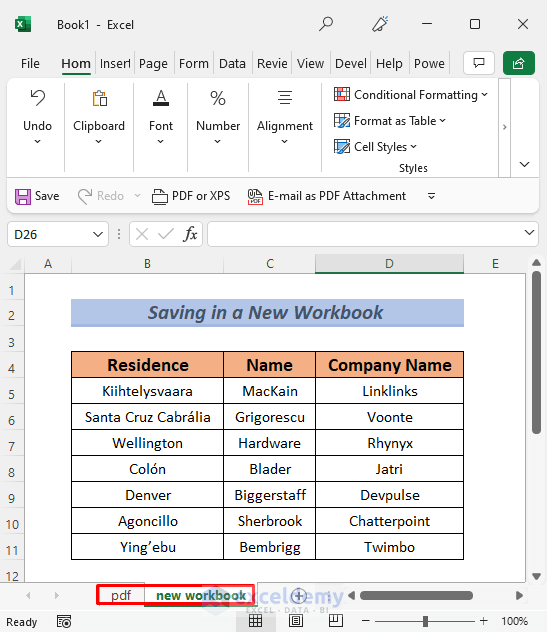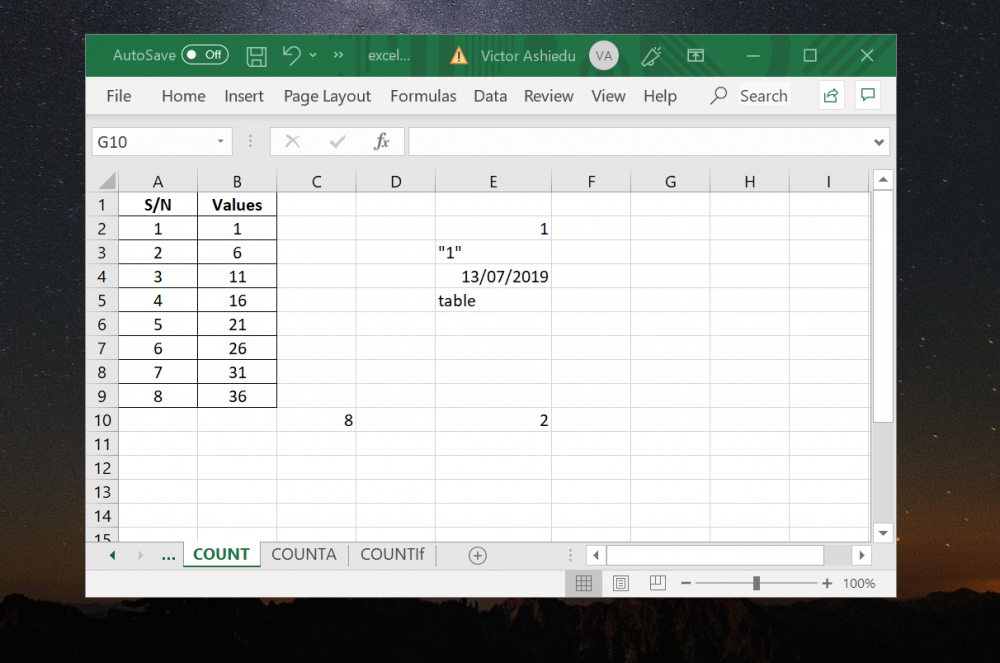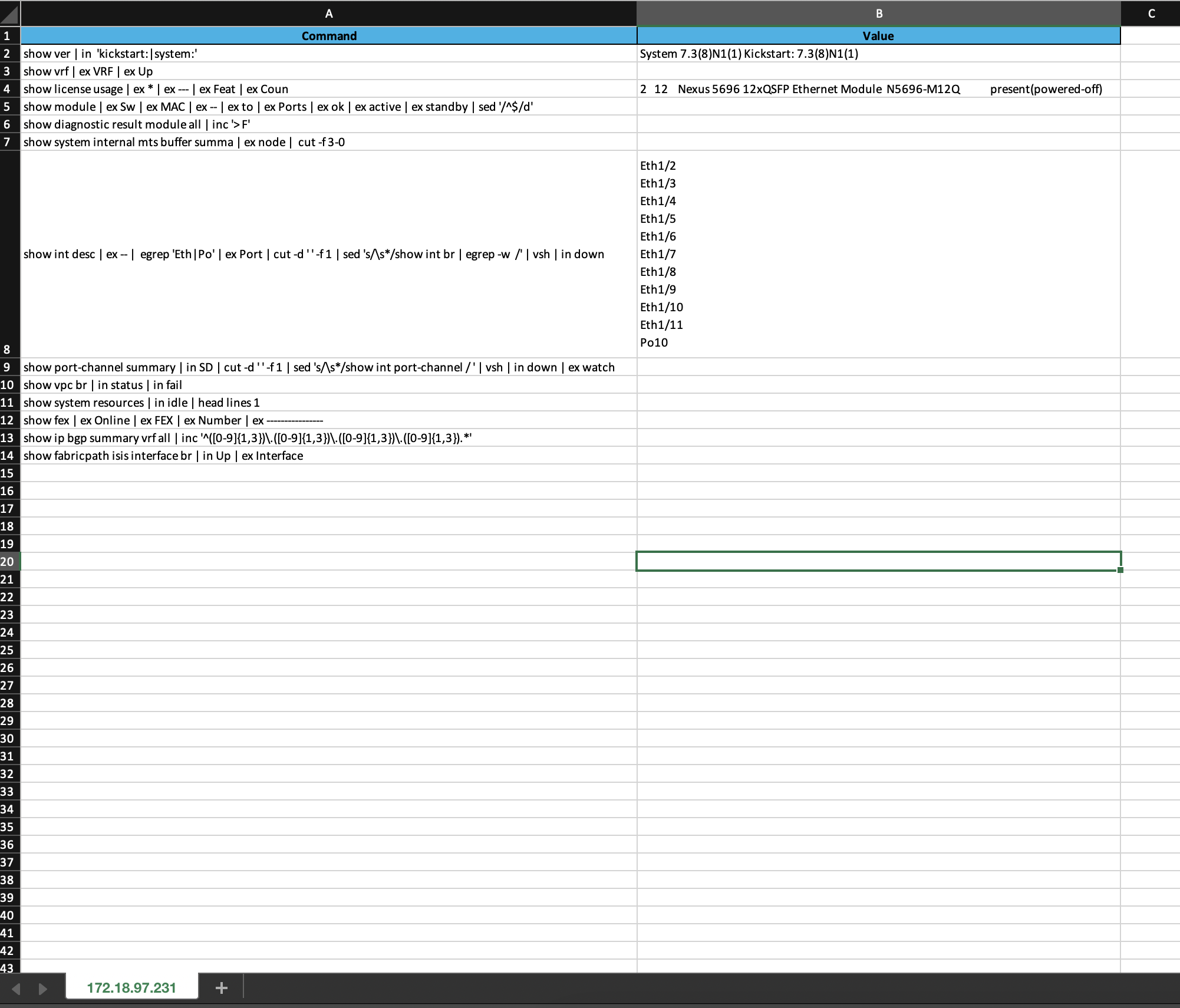5 Ways to Count Sheets in Excel Files Fast

Need to count sheets in an Excel file quickly? Whether you're handling massive datasets or organizing workbooks for your team, knowing how many sheets you're dealing with can streamline your workflow significantly. This guide will show you five effective methods to count sheets in Excel files, ensuring you save time and reduce errors. Here's how you can master this essential Excel skill.
Method 1: Manual Count
The simplest way to count sheets is by manually counting them. Here’s how:
- Open your Excel workbook.
- Count the tabs at the bottom of the Excel window.
💡 Note: This method is practical for workbooks with fewer sheets. For extensive files, consider using more automated techniques.
Method 2: Excel VBA Macro

For a more automated approach, use Visual Basic for Applications (VBA) to count sheets:
- Press
ALT + F11to open the VBA editor. - Insert a new module (
Insert > Module). - Paste the following code:
Sub CountSheets()
Dim sheetCount As Integer
sheetCount = ThisWorkbook.Sheets.Count
MsgBox “There are ” & sheetCount & “ sheets in this workbook.”
End Sub
F5.Excel will display a message box showing the total number of sheets.
📘 Note: This macro can be modified to perform actions on each sheet based on the count.
Method 3: Using Excel Formulas

You can count sheets using a formula, which is handy if you need this count in a cell:
- In any cell, type
=SHEET()to get the index of the current sheet. - In another cell, use
=COUNTA(TAB())to get the total number of sheets, although this function might not be directly available in Excel versions prior to Excel 365.
🗒 Note: For Excel versions without the TAB() function, consider using VBA or other methods listed here.
Method 4: Power Query

Power Query is a powerful tool for data transformation and can also count sheets:
- Go to
Data > Get Data > From File > From Workbook. - Select your Excel file.
- In Power Query Editor, click on
Advanced Editor. - Modify the code to count sheets like this:
let
Source = Excel.Workbook(File.Contents("C:\YourFilePath.xlsx"), null, true),
SheetCount = List.Count(Source),
Output = #table({"Count"}, {{SheetCount}})
in
Output
Method 5: PowerShell Script

PowerShell offers an external approach for batch processing Excel files:
- Open PowerShell on your computer.
- Run the following command to get the sheet count for a specific Excel file:
Get-Content -Path ‘C:\YourFilePath.xlsx’ -ErrorAction SilentlyContinue | Select-String -Pattern ‘(?i)Sheet’ | Measure-Object -Line | Select-Object -ExpandProperty Count
This script will count occurrences of "Sheet" in the workbook's XML structure, which typically correlates with the number of sheets.
💾 Note: This method assumes that the Excel file is structured in a way typical of most workbooks. For complex files, use a more precise technique.
Knowing the number of sheets in an Excel workbook not only helps in managing your data but also in understanding the structure and scale of your projects. From manual counting to using advanced scripts and macros, there's a method for every level of Excel proficiency. Each approach has its advantages, whether it's simplicity, speed, or automation.
In your daily Excel use, consider:
- Time efficiency: Use macros or PowerShell when dealing with multiple workbooks or needing regular updates on sheet counts.
- Accuracy: Automated methods like VBA and Power Query ensure no sheets are missed.
- Skill Development: Learning VBA or PowerShell can enhance your overall Excel skills.
By mastering these techniques, you'll be well-equipped to handle any Excel workbook with confidence, ensuring that sheet counts become a minor detail in your larger data management strategies.
Can these methods work with Excel files in different formats?

+
Yes, the methods described are generally compatible with various Excel file formats including .xlsx, .xls, and even .csv, though some might require additional steps or modifications for .csv files.
Is there a way to count sheets in multiple Excel files at once?

+
Yes, the PowerShell method can be modified to loop through multiple files in a folder, providing counts for each workbook. VBA and Power Query can also be adapted for batch processing.
What if I need to count only specific sheets based on names or criteria?

+
Both VBA and Power Query allow for filtering and counting sheets based on criteria. For instance, you can count sheets containing a specific keyword in their names by modifying the respective scripts or queries.